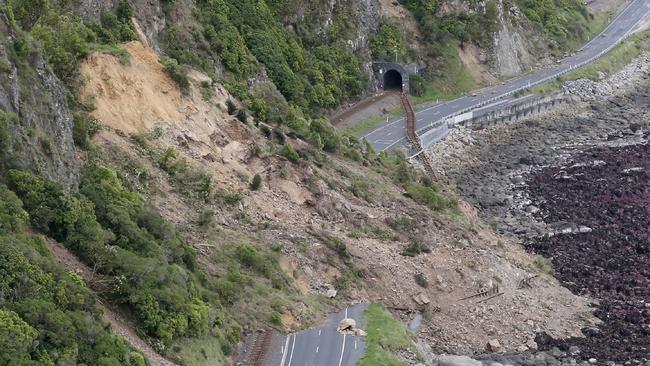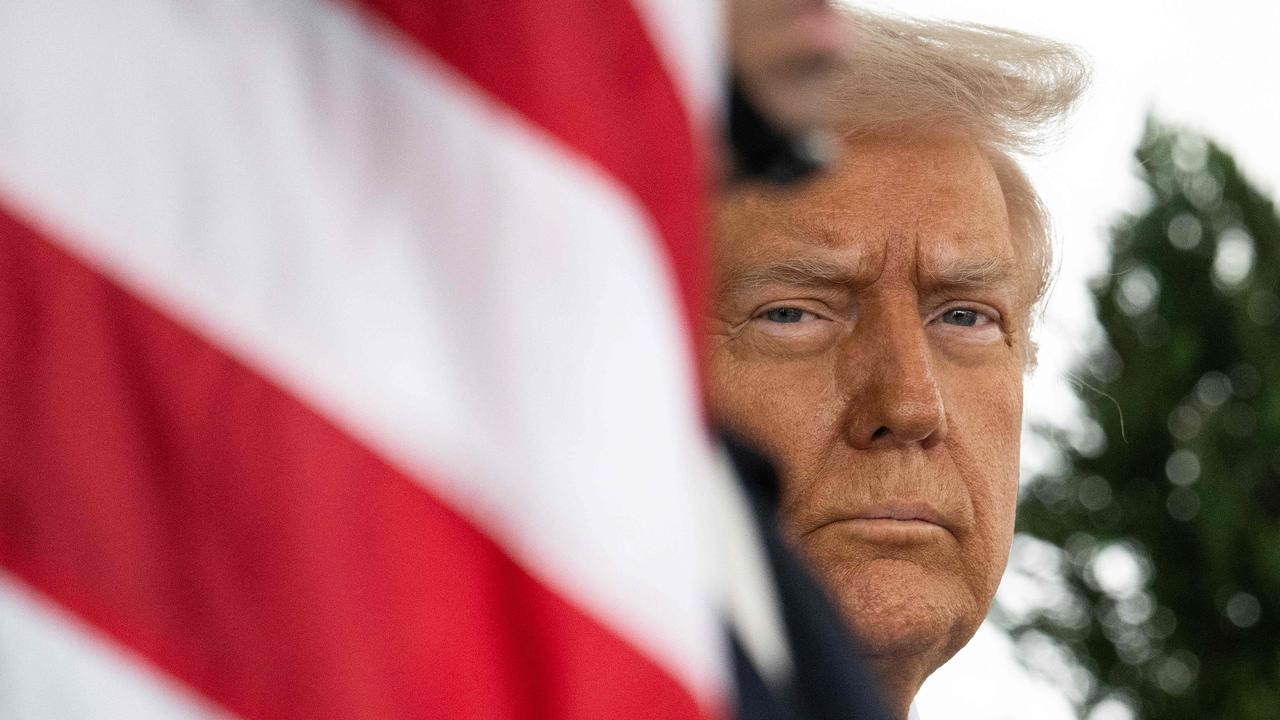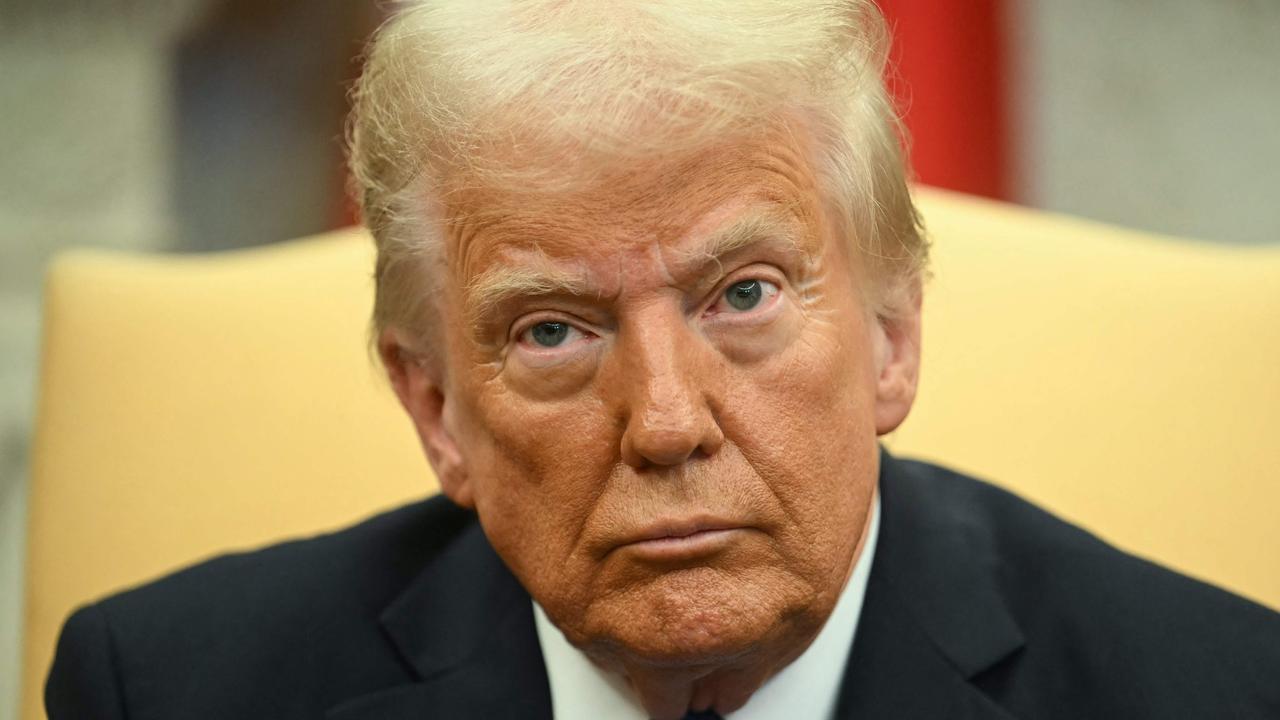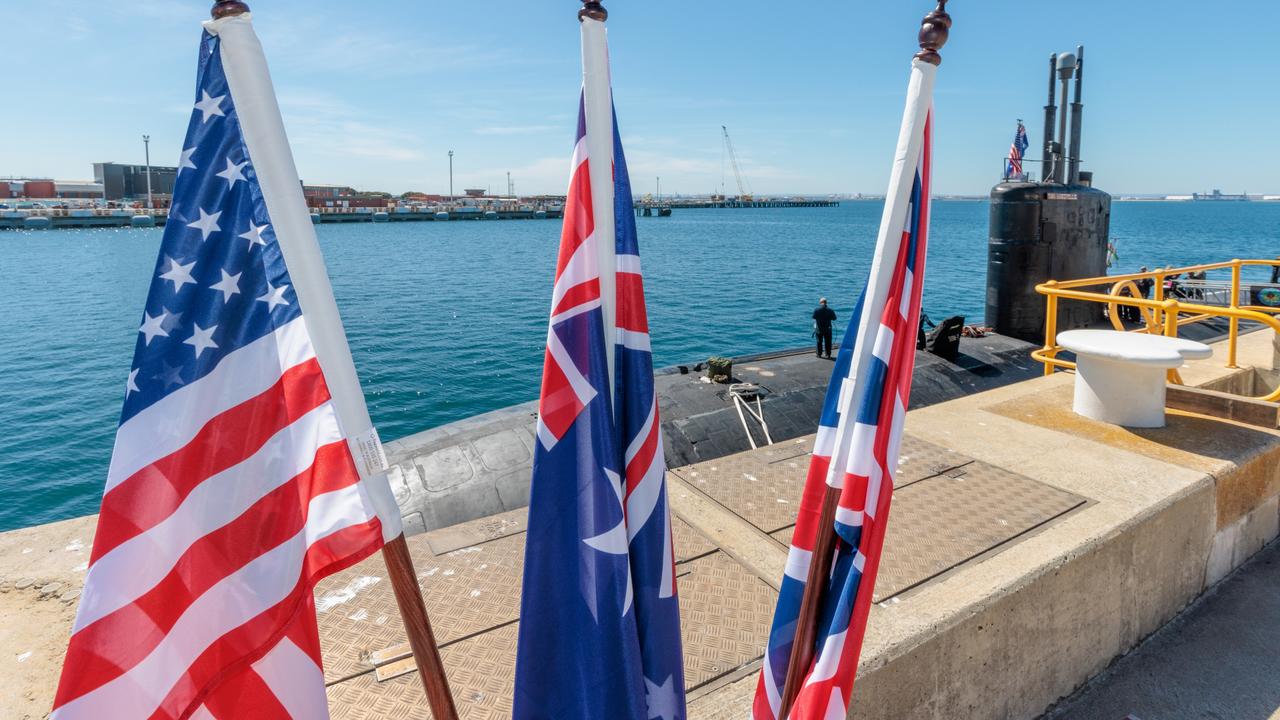NZ PM misses call from Donald Trump amid earthquake aftermath
AS NEW Zealand dealt with the aftermath of Monday’s monster earthquake, President-elect Donald Trump called ... and nobody answered.
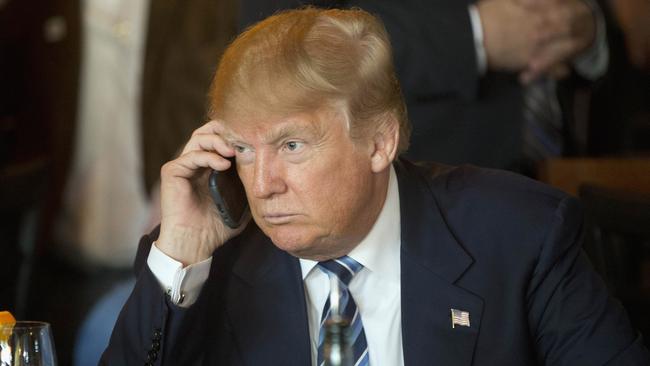
IT COULD have been a very shaky start to international relations between US President-elect Donald Trump and New Zealand.
The country was so busy dealing with the aftermath of Monday’s monster earthquake that when Mr Trump phoned to personally extend his sympathies for the quake which killed two people, NZ Prime Minister John Key didn’t pick up, AP reports.
Mr Trump called back this morning, with Mr Key’s office describing the telephone conversation today as “very warm and cordial.”
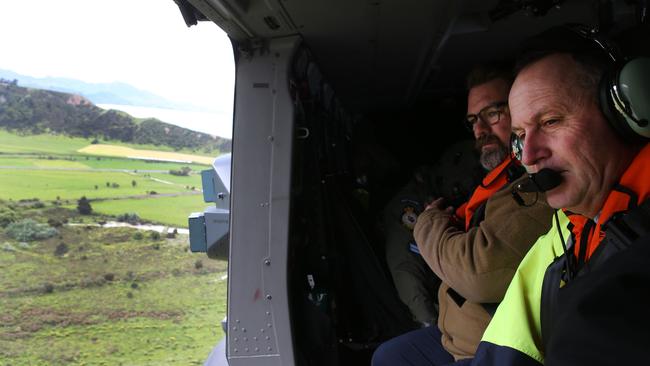
Trump’s attempt to get in touch earlier in the week, had been missed by Key in the confusion after the quake.
Key’s office said in a statement that he had congratulated Trump on his election win.
The leaders also discussed the New Zealand economy, trade, and the relationship between the two nations, which they agreed was in great shape.
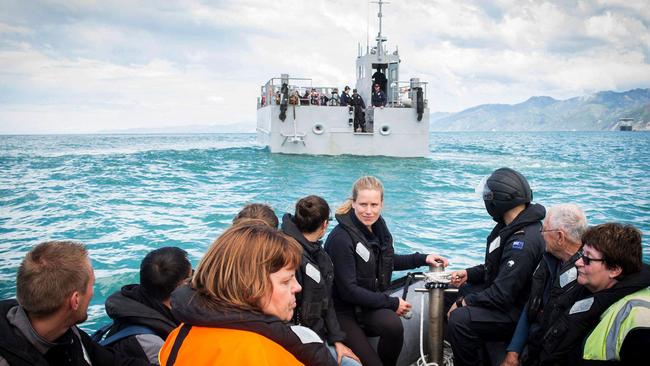
The aftermath of the missed call is far less serious than the aftershocks which continue to shake New Zealand in the wake of Monday’s 7.8 magnitude monster quake, which left hundreds of tourists stranded in the coastal town of Kaikoura after landslides blocked off roads.
Today, finally, there are ways in and out of the earthquake-stricken township: by air, sea and, for some, one risky road.
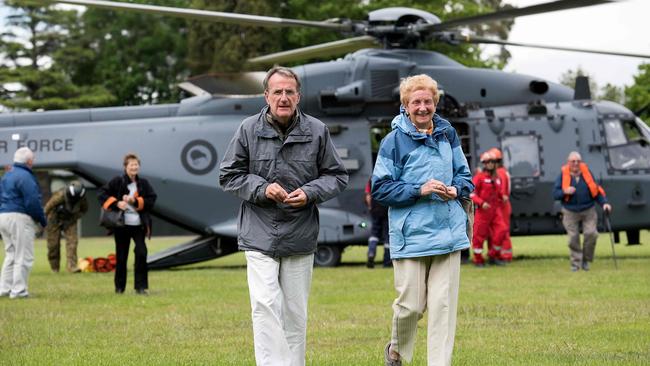
More than 400 people, many of them tourists, have been evacuated from the south island township, and water and other supplies can finally be brought in.
New Zealand transport authorities have managed to clear an emergency route to the coastal township of Kaikoura, although it’s only open for military vehicles to deliver water and other supplies.
Transport Agency Highways Manager Neil Walker says the inland road remains high-risk and unsuitable for cars. Crews are working to open the road for the public by the weekend.
The coastal roads to Kaikoura were harder hit and are likely to remain closed much longer.
The magnitude 7.8 quake that struck on Monday left hundreds of tourists stranded in Kaikoura after landslides blocked off all access.
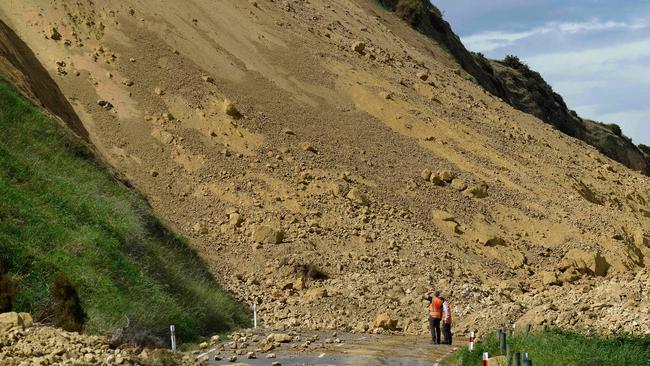
EVACUATIONS RAMP UP
The military is evacuating people in helicopters and by ship, and says they have removed about 260 people — two of them babies — by helicopter and 150 by ship since Tuesday.
And the first US warship to visit New Zealand in more than 30 years has changed course to help out at Kaikoura.
The USS Sampson had been due to sail into Auckland on Wednesday as part of 75th anniversary celebrations for the New Zealand navy.
The visit is significant because it ends a 30-year military stalemate between the countries that was triggered when New Zealand banned nuclear warships. Brownlee says despite the change in plans, it is “poignant” to see the anniversary marked with co-operation and camaraderie.
The military was is using four NH90 helicopters to rescue those stranded and deliver supplies, and was joined by the NZ Navy when the HMNZS Canterbury arrived off the coast of Kaikoura this morning.
Another navy vessel, the HMNZS Wellington, has also arrived off the coast and surveyed the harbour area.
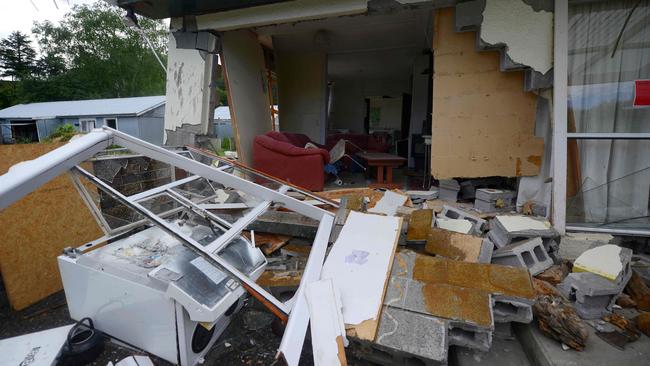
Australian, US and Canadian warships are heading to Kaikoura and their helicopters would be used to help with the evacuation, Civil Defence director Sarah Stuart-Black said at a briefing.
She said between 700 and 1000 people needed to leave the town.
The magnitude 7.8 quake cut off train and vehicle access to the town, which has a population of 2000 bolstered by tourists and is a popular destination for travellers taking part in whale-watching expeditions.
Police say water is running low, power is intermittent and hundreds of people are still sheltering in evacuation centres.
Air Force Wing Commander Scott McKenzie said in a statement that military personnel were delivering food, water, diesel fuel and other basic necessities. Authorities have prepared about 5 metric tons (5.5 tons) of supplies in the city of Christchurch.
WELLINGTON BUILDING FEARS
Meanwhile, several buildings in the centre of the New Zealand capital of Wellington have been evacuated and some streets cordoned off after engineers determined that a nine-storey building is in danger of collapse.
Brendan Nally, the regional commander for the New Zealand Fire Service, said engineers were completing an inspection of the downtown Wellington office building Tuesday when they found that a major vertical beam had failed above the fifth floor.
He said that “the building is at significant risk of collapse.”
Nally said the building was empty when the quake struck and the buildings evacuated included the local headquarters for the Red Cross and the Thai Embassy.
The quake was felt across New Zealand and caused severe shaking in Wellington, about 250 kilometres away.
Streets and footpaths in areas of the capital remain cordoned off due to the danger of falling debris from several office buildings that sustained serious damage.
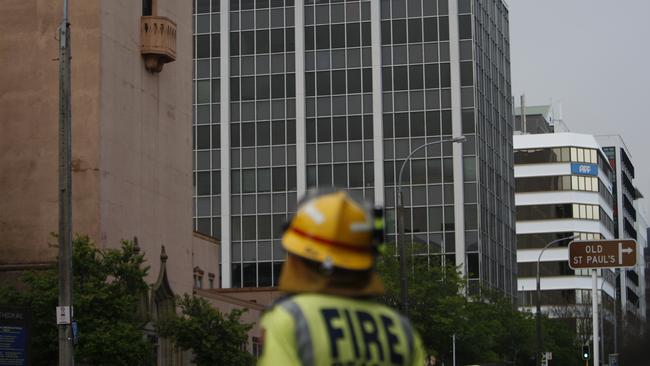
MORE THAN 1700 AFTERSHOCKS
Monday’s earthquake, one of the most powerful ever in the quake-prone South Pacific nation, has been followed by more than 1700 aftershocks, complicating relief efforts.
The quake triggered numerous landslides that dumped mountains of rocky debris on a main highway and ripped railway tracks 10 metres off course, while huge fissures opened up in roads and houses were rocked off their foundations.
New Zealand’s official GeoNet said reconnaissance flights had noted between 80,0000 to 100,000 landslips.
“The landslides that have occurred as a result of the earthquake remain dangerous. Material can move at any time,” it said in warning people to be cautious.
Mr Key said rescuers would deliver much-needed supplies to the town before starting a clean-up that was likely to cost billions of dollars.
The tremor has ignited painful memories for residents of Christchurch, which was devastated five years ago by a 6.3 tremor that killed 185 people.
New Zealand is on the boundary of the Australian and Pacific tectonic plates, which form part of the so-called “Ring of Fire”, and experiences up to 15,000 tremors a year.
